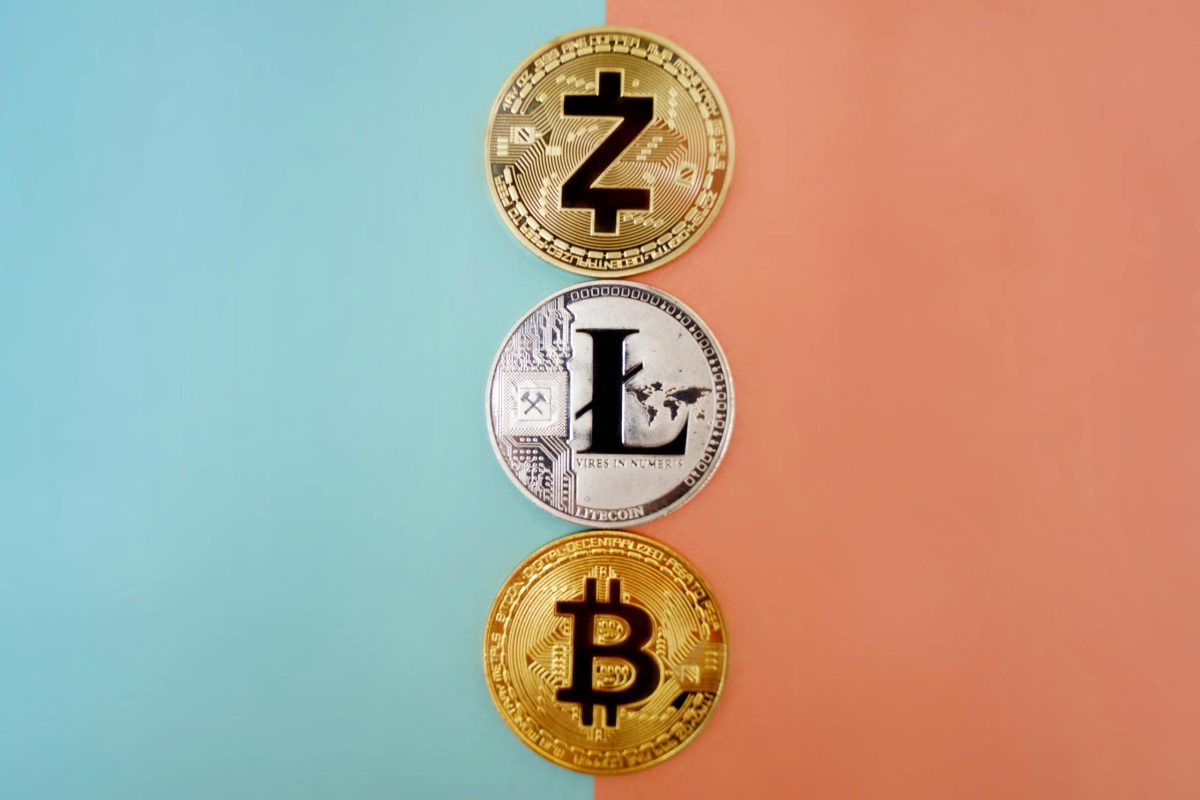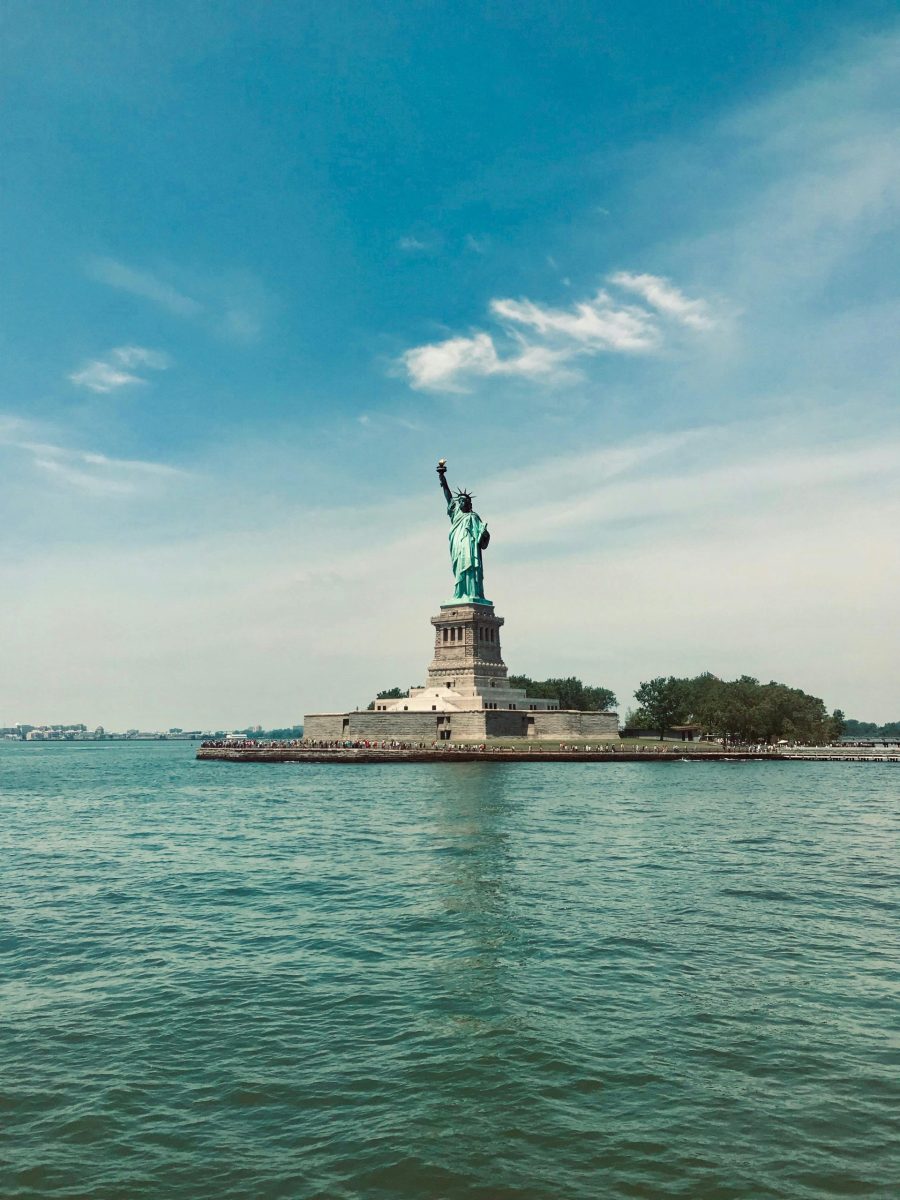Exploring Art and Culture as Investment Avenues in Australia

Overview of the Growing Interest
In recent years, Australia has witnessed a burgeoning interest in art and cultural investments. This shift reflects a broader, global trend where investors are increasingly diversifying their portfolios beyond traditional stocks and real estate. Art and culture, once considered niche markets, are now recognised for their potential to yield significant returns.
A Brief History
The Australian investment landscape has long been dominated by conventional assets. However, the narrative began to change as the country’s rich tapestry of art and culture started gaining recognition. From Indigenous artworks to contemporary pieces, the sector has gradually cemented its place in the investment portfolios of discerning investors.
The Shift to Diverse Portfolios
Today, the move from traditional investment options to more diverse portfolios is unmistakable. Savvy investors are not just seeking financial returns but also the intrinsic value that art and culture bring. This evolution marks a significant shift in how investments are perceived, offering both financial gains and a deeper connection to cultural heritage.
Understanding the Value of Art and Cultural Investments

When delving into the realm of art and cultural assets, several factors come into play, influencing their value significantly. At the heart of valuation lies provenance, rarity, and the artist’s reputation. Provenance, or the history of an artwork’s ownership, can add layers of value, weaving a narrative that enriches the piece beyond its visual appeal. Rarity, on the other hand, speaks to the unique nature of an asset, often making it more desirable to collectors and investors alike. The reputation of the artist further amplifies this value, with works by renowned artists fetching higher prices. These elements combined paint a picture of an investment that is as much about financial gain as it is about owning a piece of history.
- Provenance – A testament to an artwork’s authenticity and history.
- Rarity – The unique nature of an asset that elevates its desirability.
- Artist Reputation – A significant factor that can drive the value of art and cultural assets.
Comparing the volatility of art markets to traditional stock markets reveals a fascinating contrast. While the stock market is known for its rapid fluctuations, the art market often moves at a steadier pace. This stability can make art and cultural investments an attractive option for those looking to diversify their portfolios. However, it’s essential to approach these markets with an understanding of their unique dynamics. The value of art and cultural assets is not solely determined by market trends but is deeply intertwined with cultural significance and historical context. This complexity adds a layer of intrigue to investing in art and culture, offering a blend of financial and cultural returns that traditional investments cannot match.
The Economic Impact of Art and Culture Investments in Australia

Investments in art and culture have emerged as significant contributors to the Australian economy, weaving a vibrant tapestry of financial and cultural wealth. These investments not only bolster the national GDP but also invigorate local economies, creating jobs and fostering community engagement. The ripple effect of successful art investments can be seen in case studies across the nation, where local economies have flourished, thanks to strategic government policies and incentives. Such initiatives have not only elevated the profile of Australian art on the global stage but have also made the sector more accessible to investors.
- Contribution to the Economy – Art and cultural investments inject vitality into the economy, supporting jobs and stimulating local markets.
- Case Studies – Examples abound of regions transformed by art investments, showcasing the potential for economic revitalization.
- Government Support – Policies and incentives play a crucial role, encouraging investment and ensuring the sector’s sustainability.
The narrative of art and culture as mere aesthetic pursuits has shifted dramatically. Today, they stand as pillars of economic development, attracting both domestic and international investors. This evolution underscores the importance of integrating art and culture into broader investment strategies, offering a unique blend of financial return and cultural enrichment. As Australia continues to champion these sectors, the future looks promising for investors ready to embrace the rich opportunities that art and culture present.
Diversifying Investment Portfolios with Art and Culture

Diversification and risk management are cornerstones of a robust investment strategy, offering a buffer against market volatility. Art and cultural investments emerge as a compelling avenue in this context, providing a hedge against inflation and economic downturns. Unlike traditional investments, whose values can fluctuate wildly in response to economic changes, art and cultural assets often retain their value, or even appreciate, during such times. This resilience stems from their intrinsic value, historical significance, and the emotional connection they foster, making them less susceptible to market whims.
- Benefits of Diversification and Risk Management – Spreading investments across various asset classes, including art and culture, can mitigate risk and reduce the impact of market volatility.
- Hedging Against Inflation and Economic Downturns – Art and cultural assets often maintain or increase in value during inflationary periods or economic slumps, providing a financial safe haven for investors.
- Portfolio Allocation Strategies – Incorporating art and cultural assets into an investment portfolio requires a strategic approach. Allocating a portion of the portfolio to these assets can enhance diversification, with the specific percentage depending on individual risk tolerance and investment goals.
Embracing art and culture within an investment portfolio not only diversifies assets but also enriches the investor’s connection to history and society. This blend of financial security and cultural engagement presents a unique proposition, inviting investors to explore beyond traditional markets. As we navigate through economic uncertainties, the allure of art and culture as stable and enriching investments becomes increasingly apparent, offering a sanctuary for both the heart and the wallet.
Navigating the Australian Art and Cultural Investment Market

In the vibrant world of Australian art and culture, a diverse array of players contribute to the thriving investment market. Galleries, auction houses, and innovative online platforms stand at the forefront, offering collectors and investors unparalleled access to a wide range of artworks. These key players not only facilitate the buying and selling of art but also play a crucial role in shaping market trends and valuations. Amidst this dynamic landscape, art advisors and consultants emerge as invaluable allies. With their deep market knowledge and keen eye for quality, they guide investors in building collections that not only resonate on a personal level but also hold the promise of appreciating in value. However, the journey into art investment is not without its complexities. Legal and tax considerations loom large, requiring careful navigation. From understanding the implications of capital gains tax to navigating the nuances of copyright law, investors must tread with caution. The Australian government offers certain incentives and protections for art investors, but staying informed and seeking professional advice is paramount.
- Galleries, Auction Houses, and Online Platforms – The pillars of the art market, offering a gateway to diverse investment opportunities.
- Art Advisors and Consultants – Your compass in the art world, guiding you towards strategic acquisitions.
- Legal and Tax Considerations – Essential knowledge for safeguarding your investment and optimizing financial outcomes.
As investors navigate the nuanced terrain of art and cultural investments, the journey promises not just financial returns but a deeper engagement with the world’s cultural heritage. This sector, rich in diversity and history, offers a unique blend of aesthetic pleasure and investment potential, making it an increasingly attractive component of diversified portfolios.
Navigating the Australian Art and Cultural Investment Market
The Australian art market is a dynamic ecosystem, featuring a diverse array of key players that include galleries, auction houses, and increasingly, online platforms. These entities play a pivotal role in the art and cultural investment landscape, offering collectors and investors access to a wide range of artworks, from Indigenous pieces to contemporary art. Galleries often serve as the primary interface between artists and the market, curating exhibitions that showcase new talents and established names alike. Auction houses, on the other hand, provide a platform for the secondary market, where rare and sought-after pieces change hands. The rise of online platforms has further democratized access to art, allowing investors to discover and purchase artworks from the comfort of their homes.
- Art Advisors and Consultants – These professionals are indispensable for investors looking to build or expand their collections. With in-depth knowledge of the market, they guide clients through acquisitions, ensuring the authenticity and potential value of each piece.
- Legal and Tax Considerations – Investing in art and culture in Australia involves navigating a complex landscape of legal and tax implications. From provenance verification to import taxes and capital gains considerations, investors must be well-informed to make savvy decisions. Engaging with legal experts and tax advisors who specialize in art can provide invaluable insights, safeguarding investments and optimizing financial outcomes.
Understanding the nuances of the Australian art and cultural investment market is crucial for anyone looking to diversify their portfolio with art. By leveraging the expertise of advisors and staying informed about legal and tax considerations, investors can navigate this vibrant market with confidence, unlocking the potential for both financial gain and cultural enrichment.
Navigating the Australian Art and Cultural Investment Market
The Australian art market is a dynamic ecosystem, featuring a diverse array of key players that include galleries, auction houses, and increasingly, online platforms. These entities play a pivotal role in the art and cultural investment landscape, offering collectors and investors access to a wide range of artworks, from Indigenous pieces to contemporary art. Galleries often serve as the primary interface between artists and the market, curating exhibitions that showcase new talents and established names alike. Auction houses, on the other hand, provide a platform for the secondary market, where rare and sought-after pieces change hands. The rise of online platforms has further democratized access to art, allowing investors to discover and purchase artworks from the comfort of their homes.
- Art Advisors and Consultants – These professionals are indispensable for investors looking to build or expand their collections. With in-depth knowledge of the market, they guide clients through acquisitions, ensuring the authenticity and potential value of each piece.
- Legal and Tax Considerations – Investing in art and culture in Australia involves navigating a complex landscape of legal and tax implications. From provenance verification to import taxes and capital gains considerations, investors must be well-informed to make savvy decisions. Engaging with legal experts and tax advisors who specialize in art can provide invaluable insights, safeguarding investments and optimizing financial outcomes.
Understanding the nuances of the Australian art and cultural investment market is crucial for anyone looking to diversify their portfolio with art. By leveraging the expertise of advisors and staying informed about legal and tax considerations, investors can navigate this vibrant market with confidence, unlocking the potential for both financial gain and cultural enrichment.
Ethical and Social Considerations in Art and Cultural Investments

Investing in art and culture transcends mere financial gain; it embodies a commitment to preserving and celebrating our collective heritage. Cultural sensitivity and ethical collecting practices are paramount, ensuring that investments respect the origins and meanings of artworks, particularly those from Indigenous and minority cultures. This approach not only safeguards cultural integrity but also enriches the investment landscape with diverse narratives.
Supporting indigenous artists and communities through ethical investments is a powerful avenue for promoting social equity and cultural preservation. By prioritizing fair trade and direct support, investors contribute to sustainable development within these communities, fostering a cycle of positive impact that extends beyond the art market. This ethical stance underscores the importance of art as a tool for social change, empowering artists and ensuring their stories continue to be told.
The role of art and cultural investments in promoting cultural heritage and diversity cannot be overstated. Each piece of art is a testament to the rich tapestry of human experience, offering insights into different cultures and histories. By investing in art, we not only preserve these stories for future generations but also celebrate the diversity that shapes our world. This commitment to cultural heritage enriches our society, making it more vibrant and inclusive.
In conclusion, art and cultural investments offer a unique blend of financial opportunity and ethical responsibility. By embracing cultural sensitivity, supporting indigenous communities, and promoting diversity, investors can make a meaningful impact. This approach not only enhances the value of their portfolios but also contributes to the broader narrative of cultural preservation and social equity.
In Closing
Art and culture investments redefine portfolio diversity and cultural enrichment. They offer a stable hedge against market volatility, marrying financial prudence with cultural engagement. This unique investment avenue not only promises financial returns but also fosters a deep connection to our collective heritage, balancing the pursuit of wealth with ethical and social responsibility. As we look to the future, embracing art and cultural assets stands as a testament to the power of investing in our world’s rich tapestry of history and diversity, urging investors to consider the broader impact of their financial decisions.

Ayesha Brueckner is your typical 24 year. Carrying a mountain of student debt. Looking at house prices and wondering if buying one will ever be possible. Looking for income solutions outside of a weekly wage. Join her on her investment and wealth research journey.
The Role of Art and Culture in Investment Portfolios

